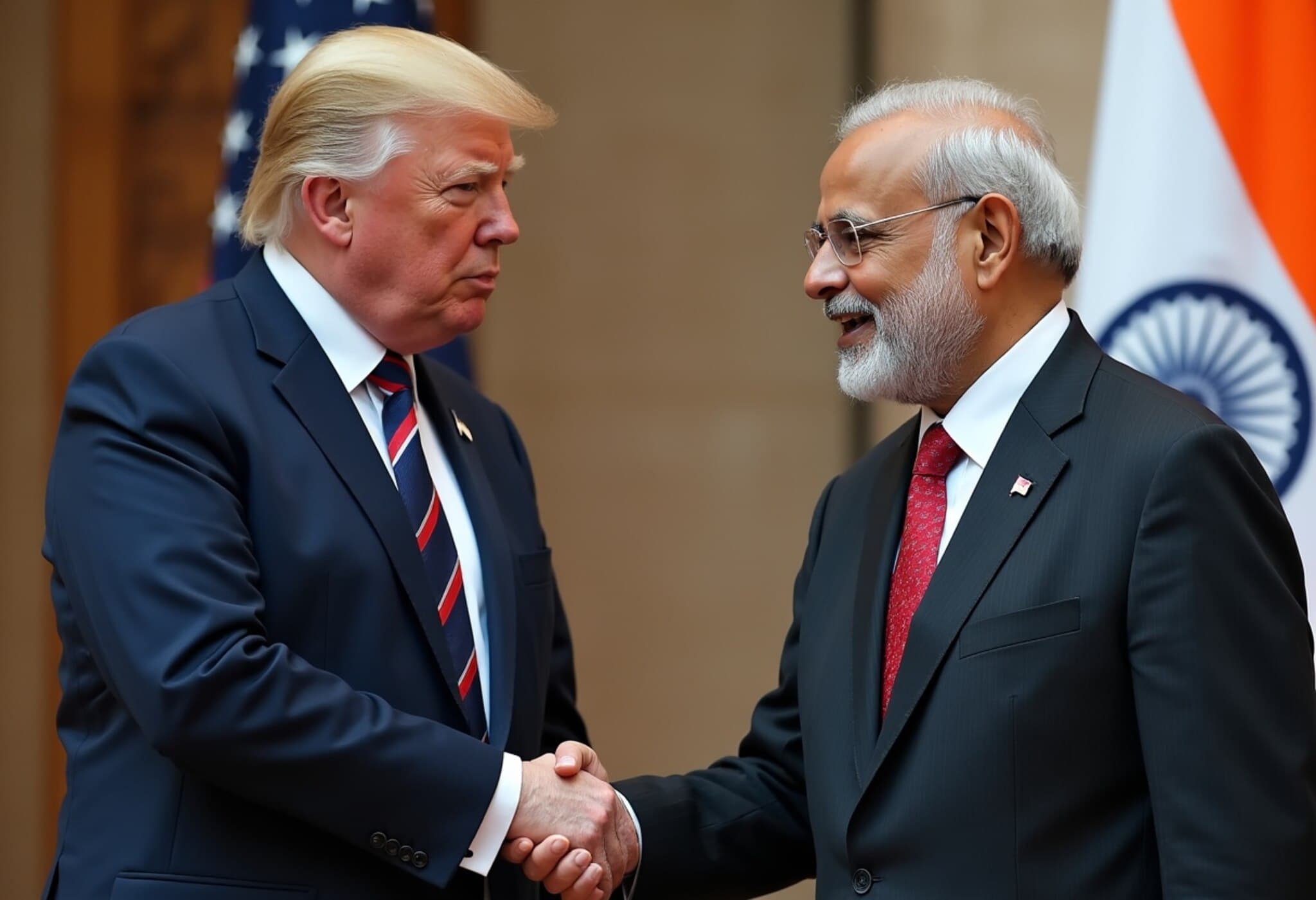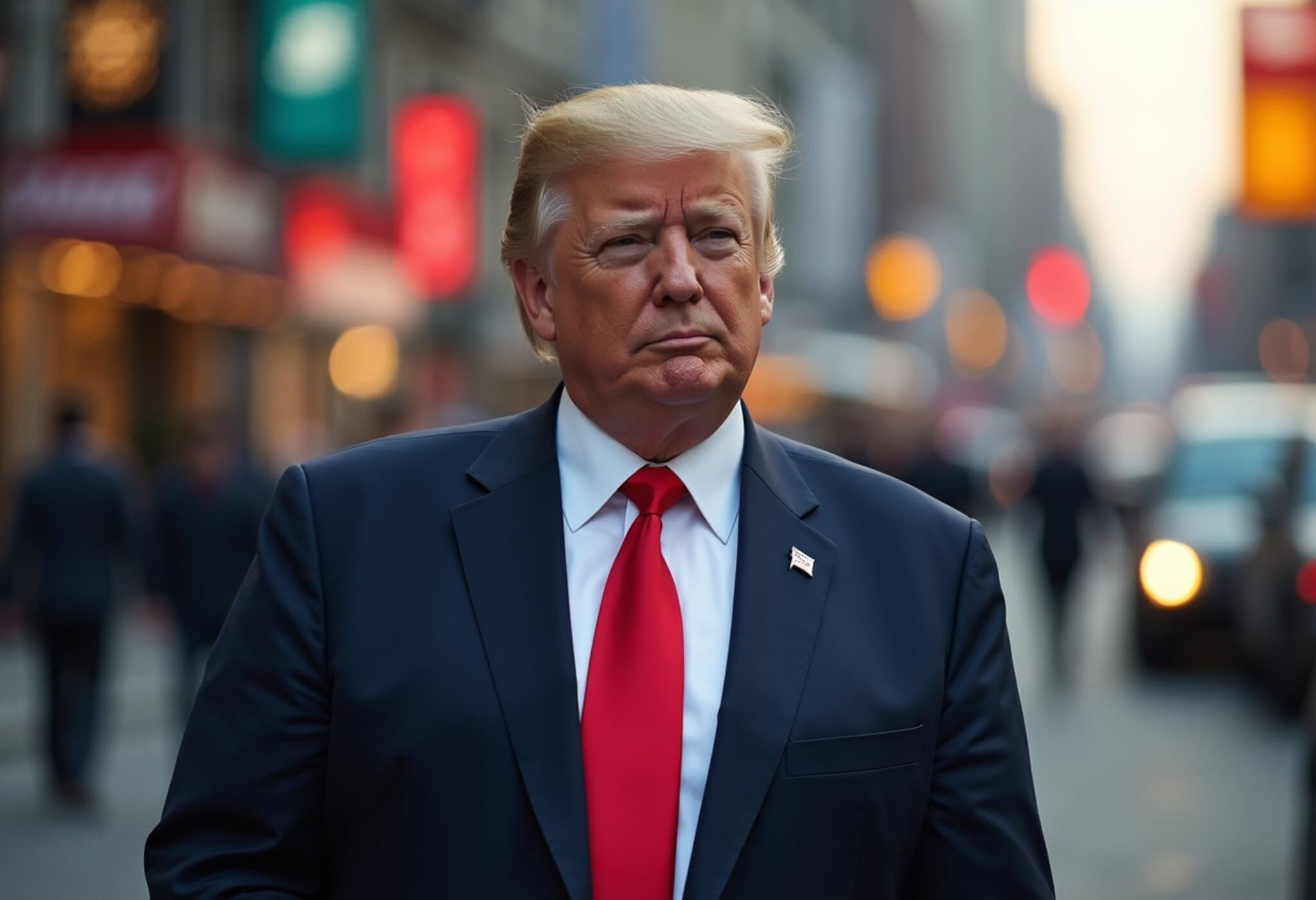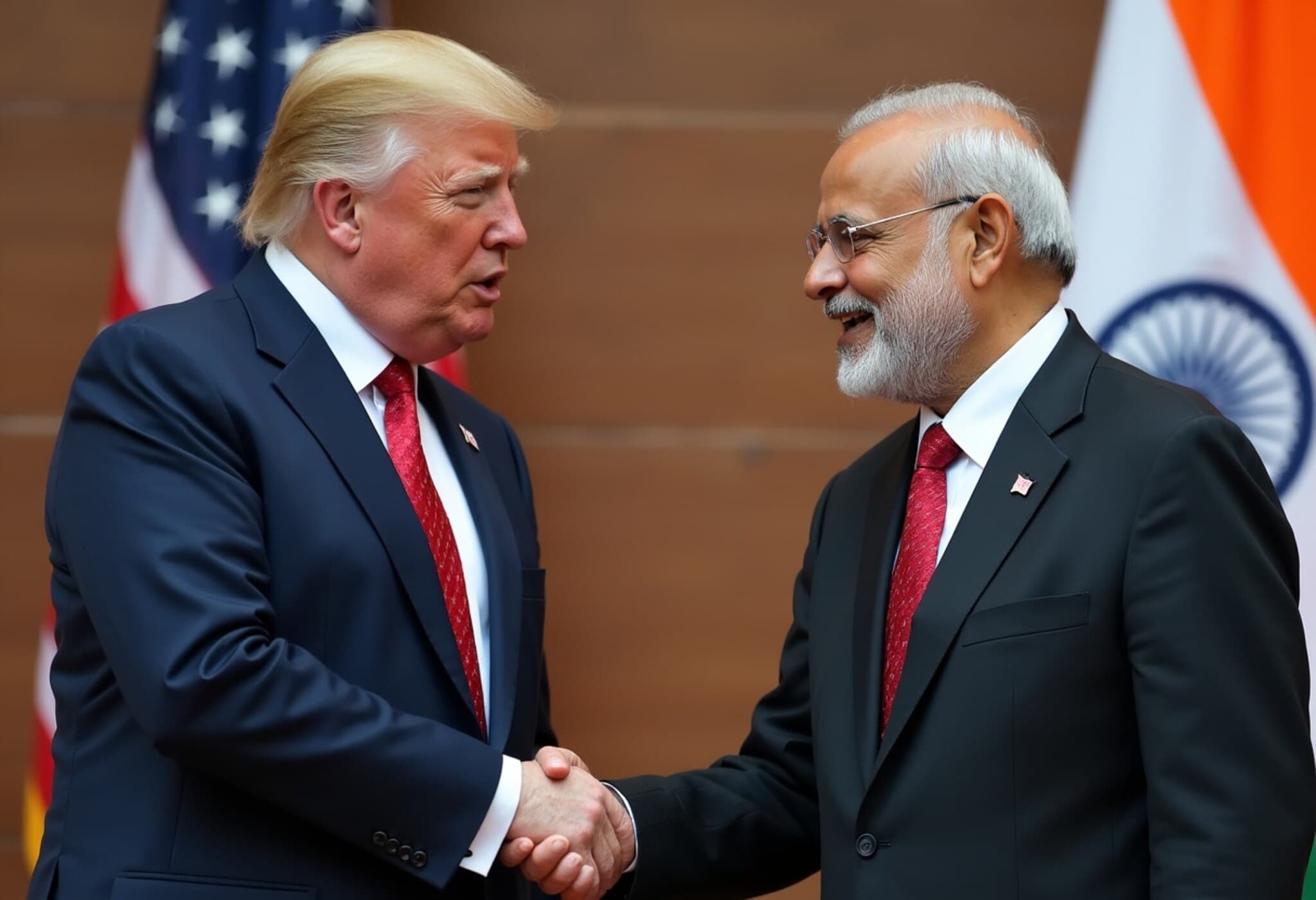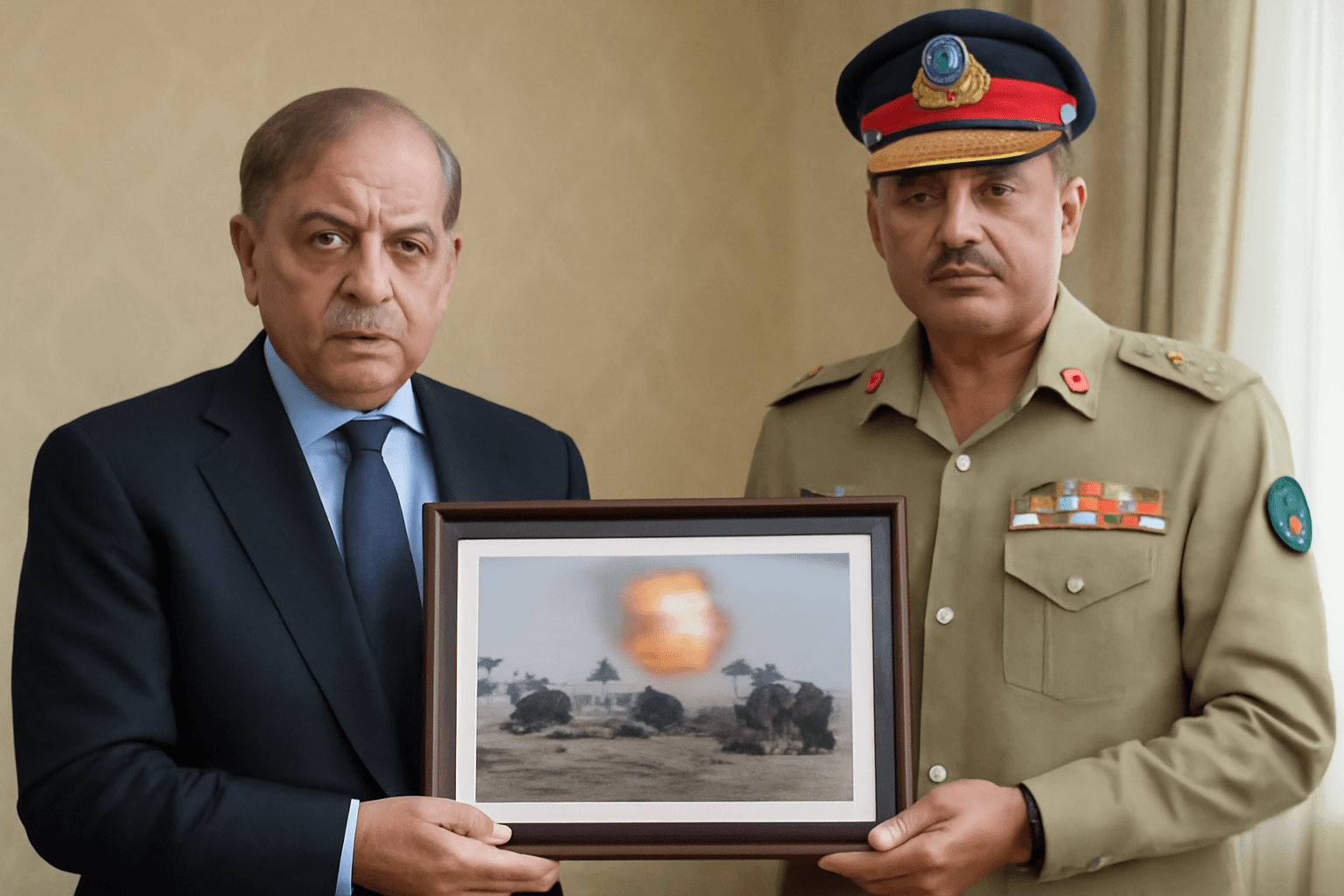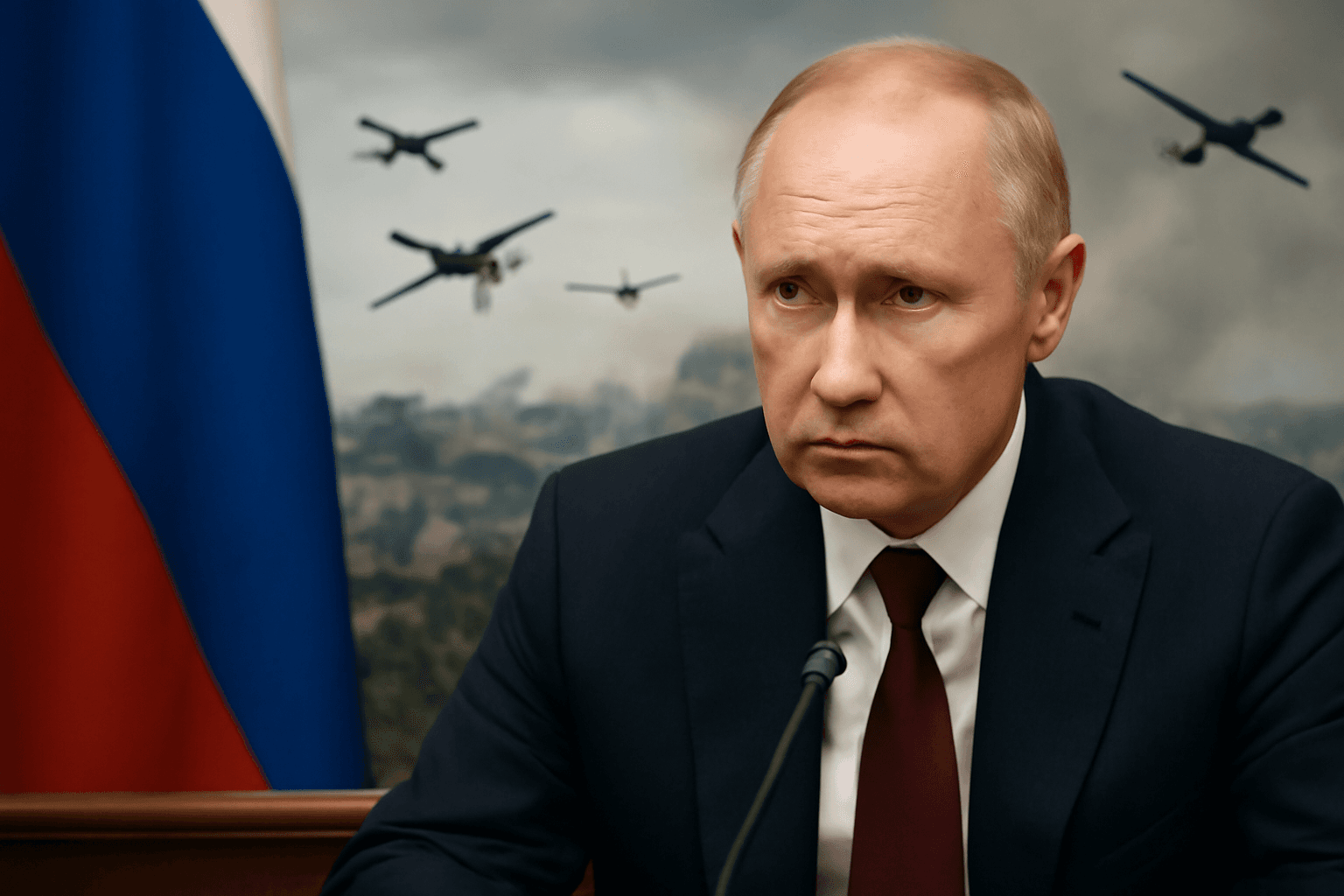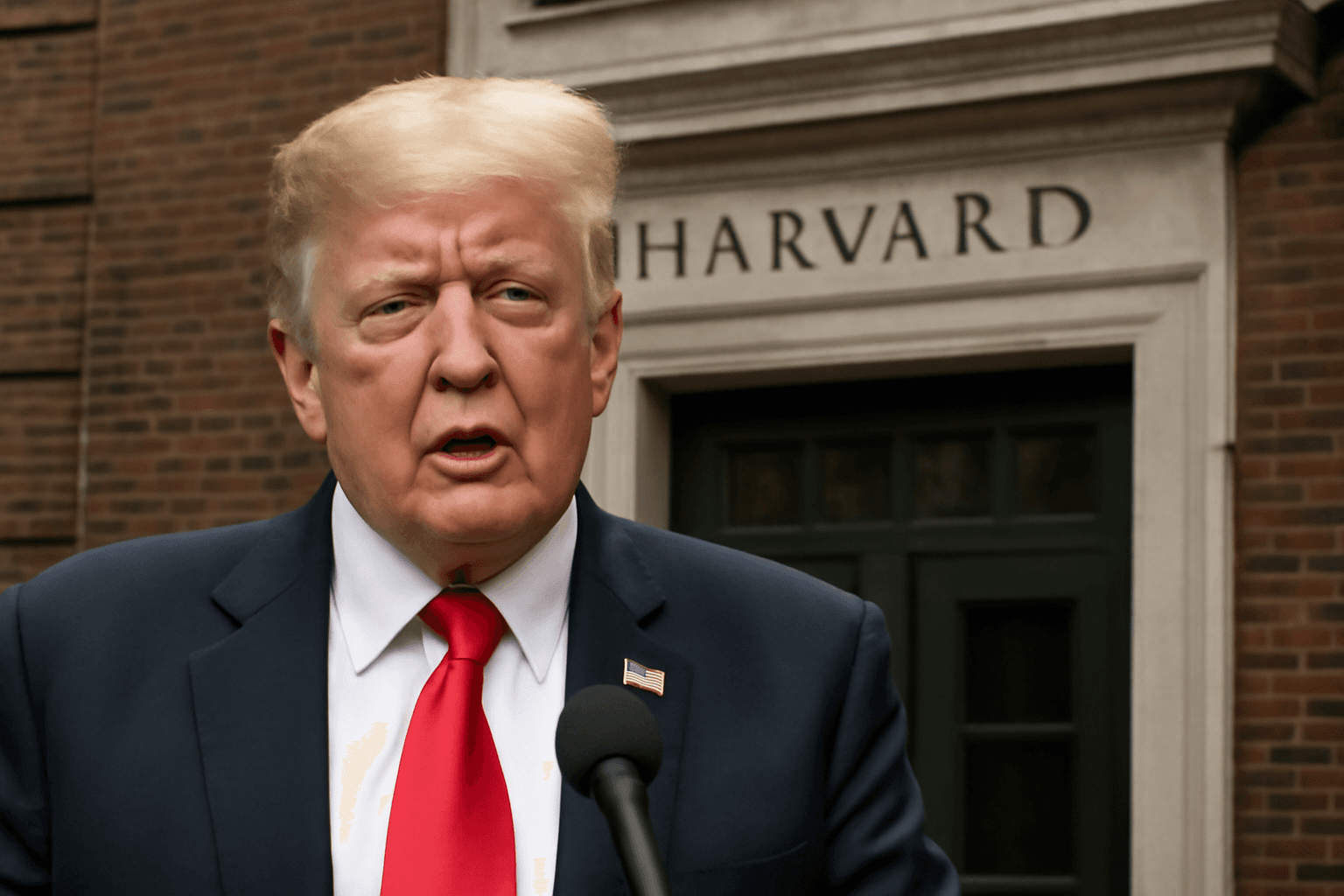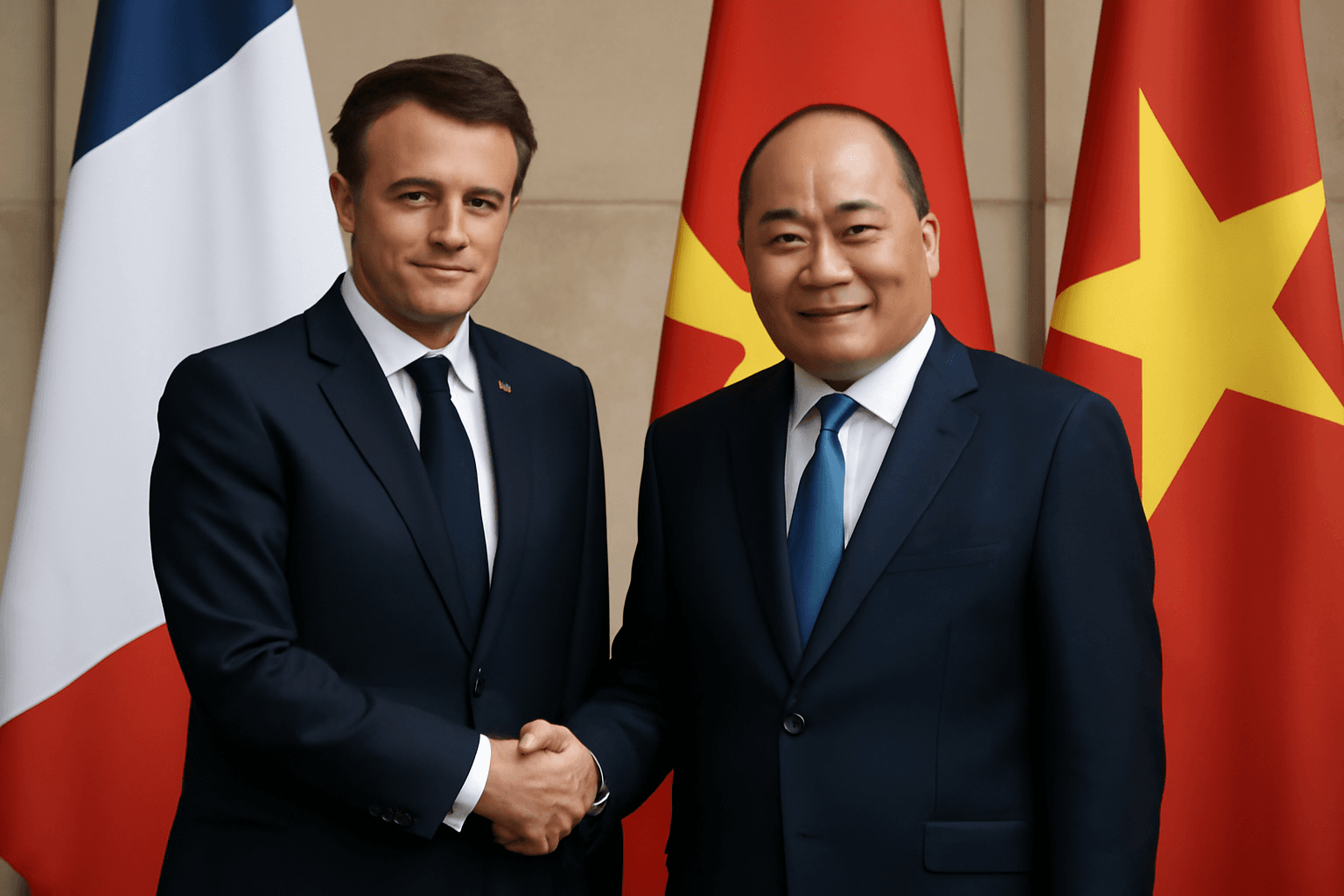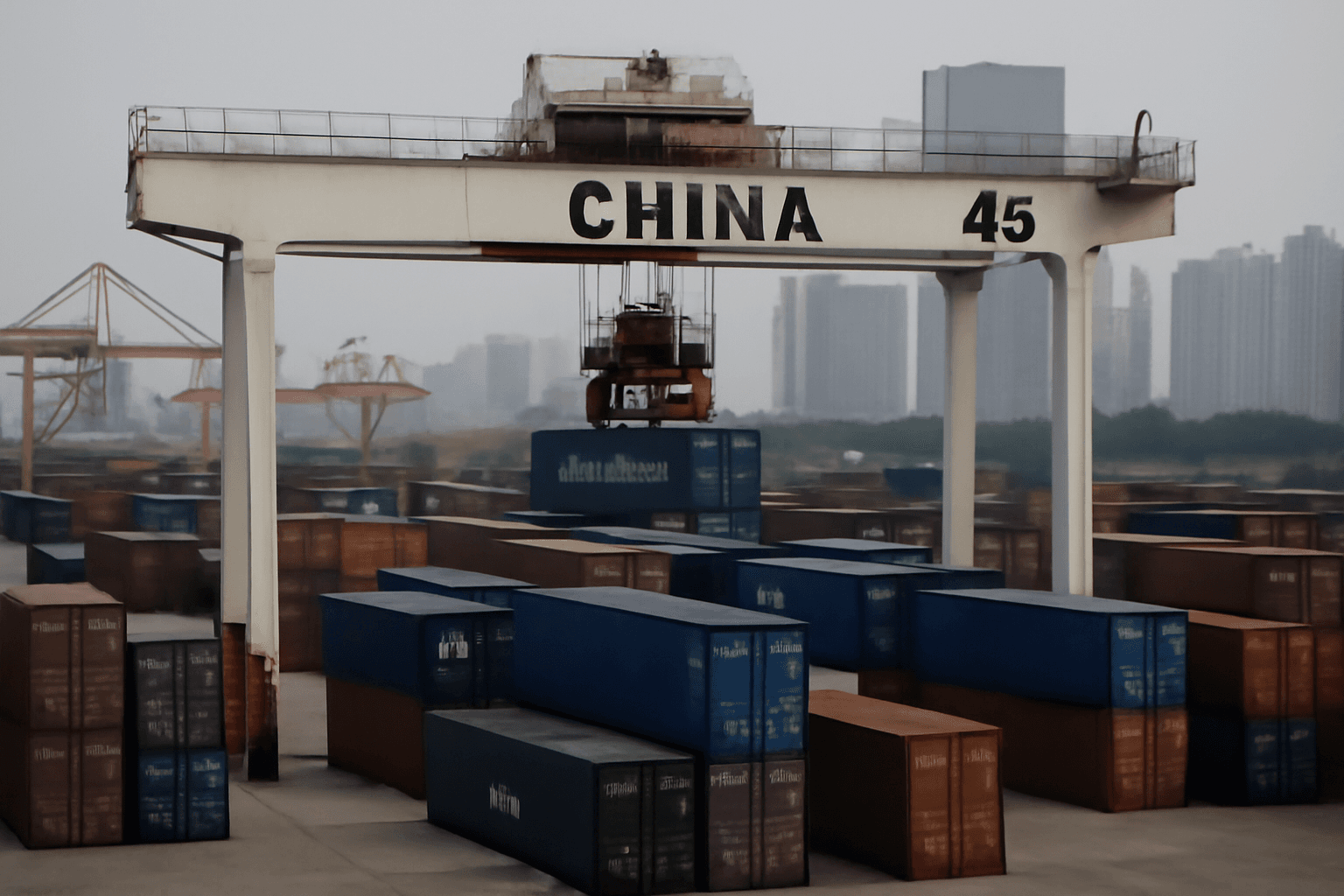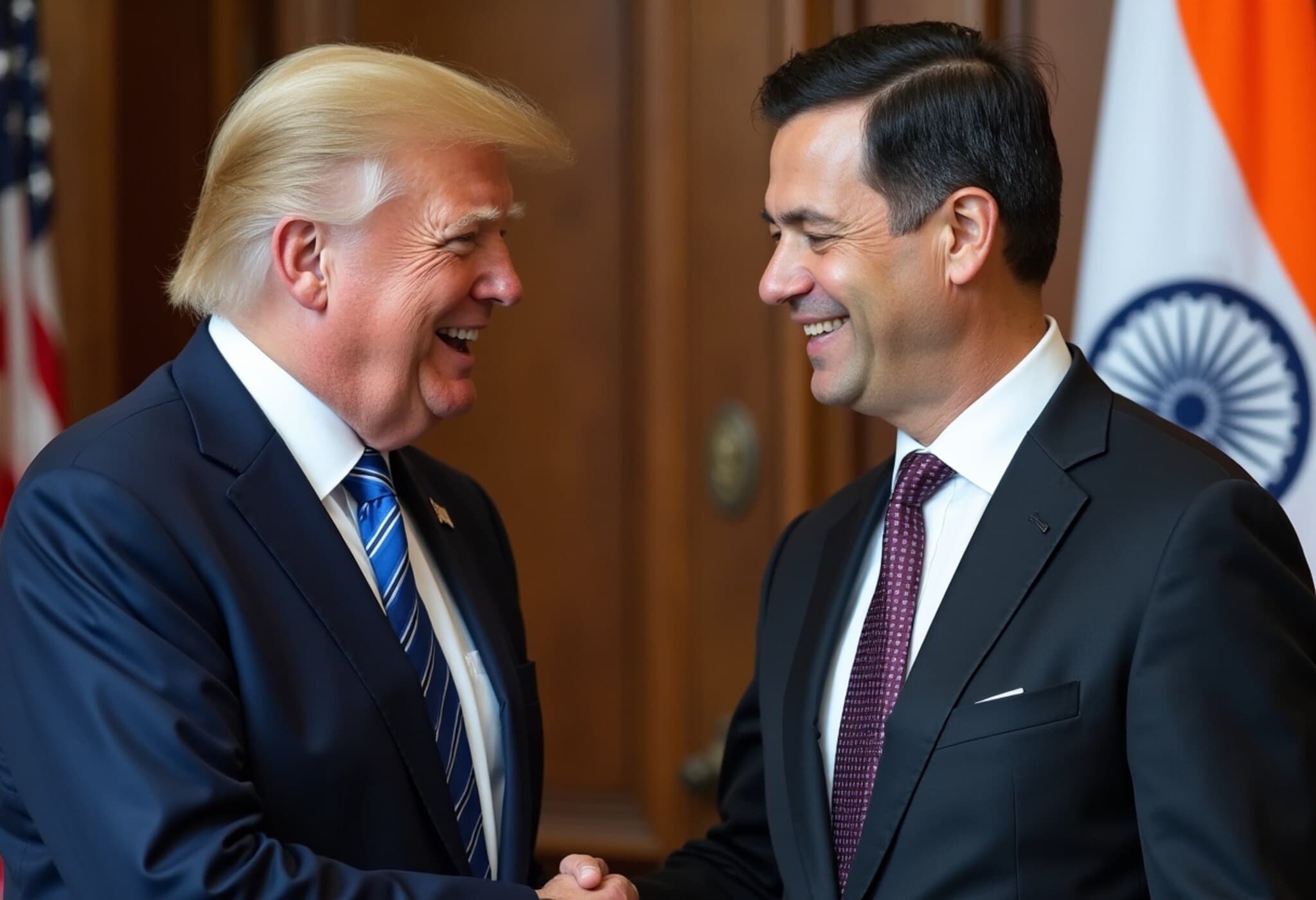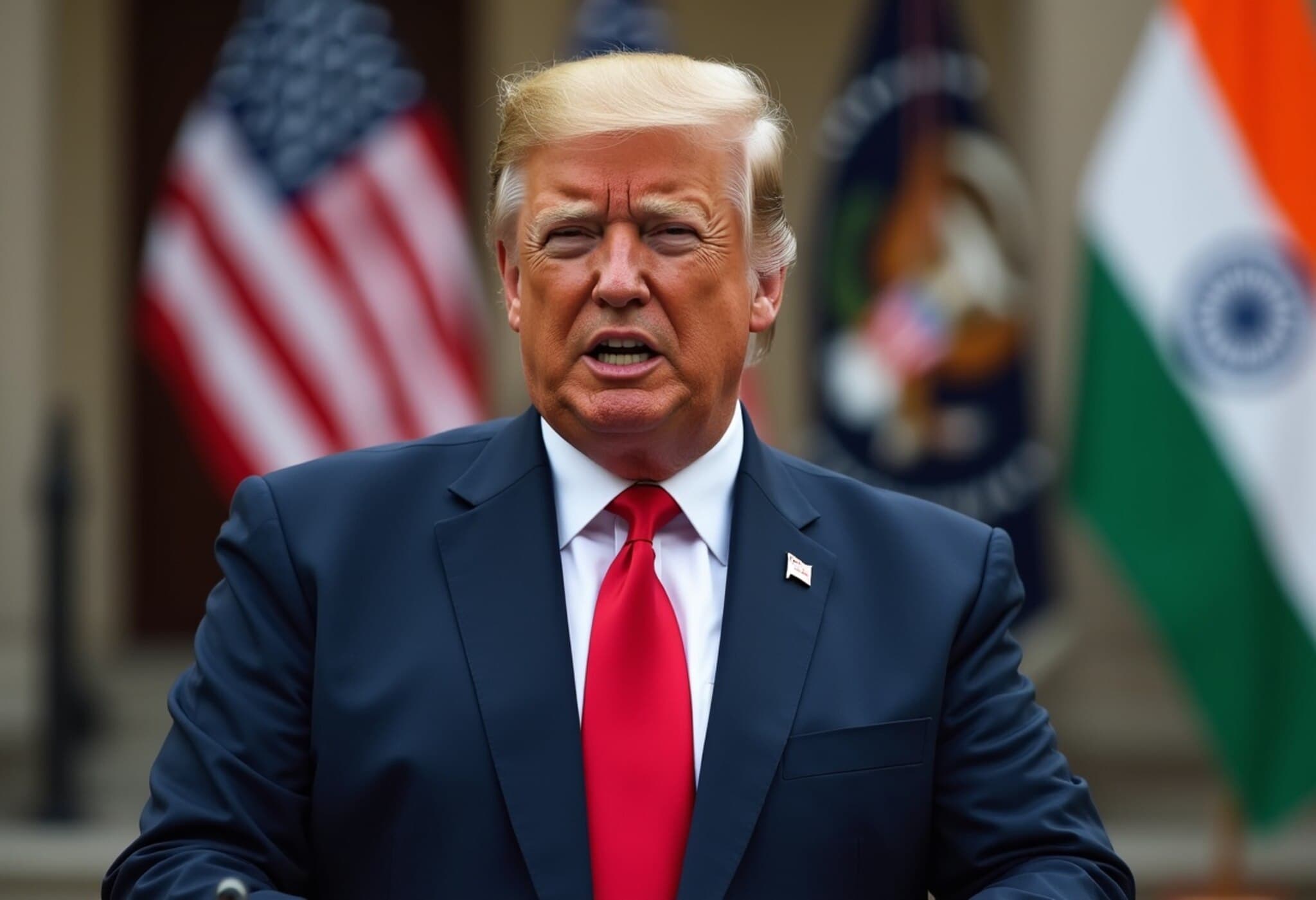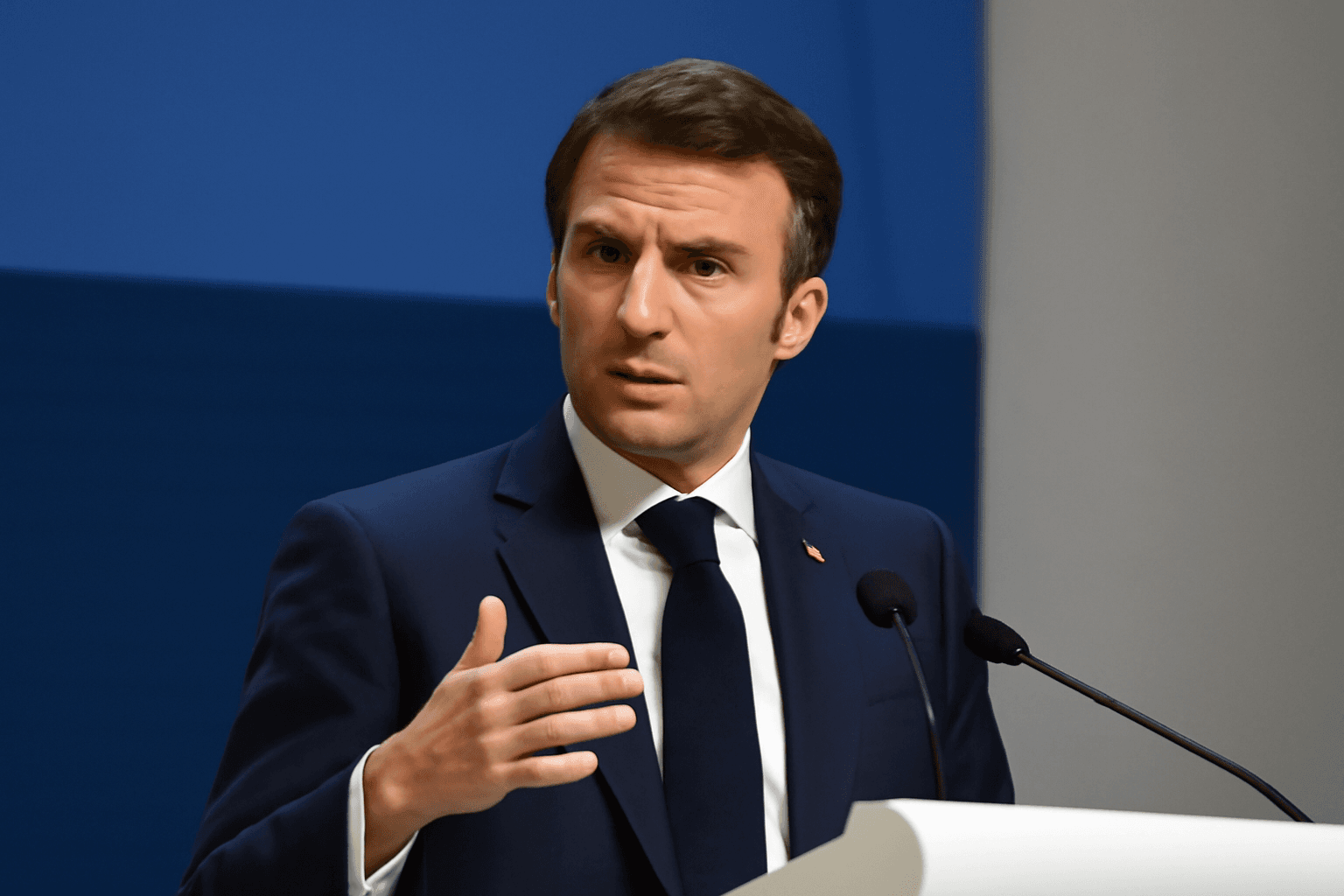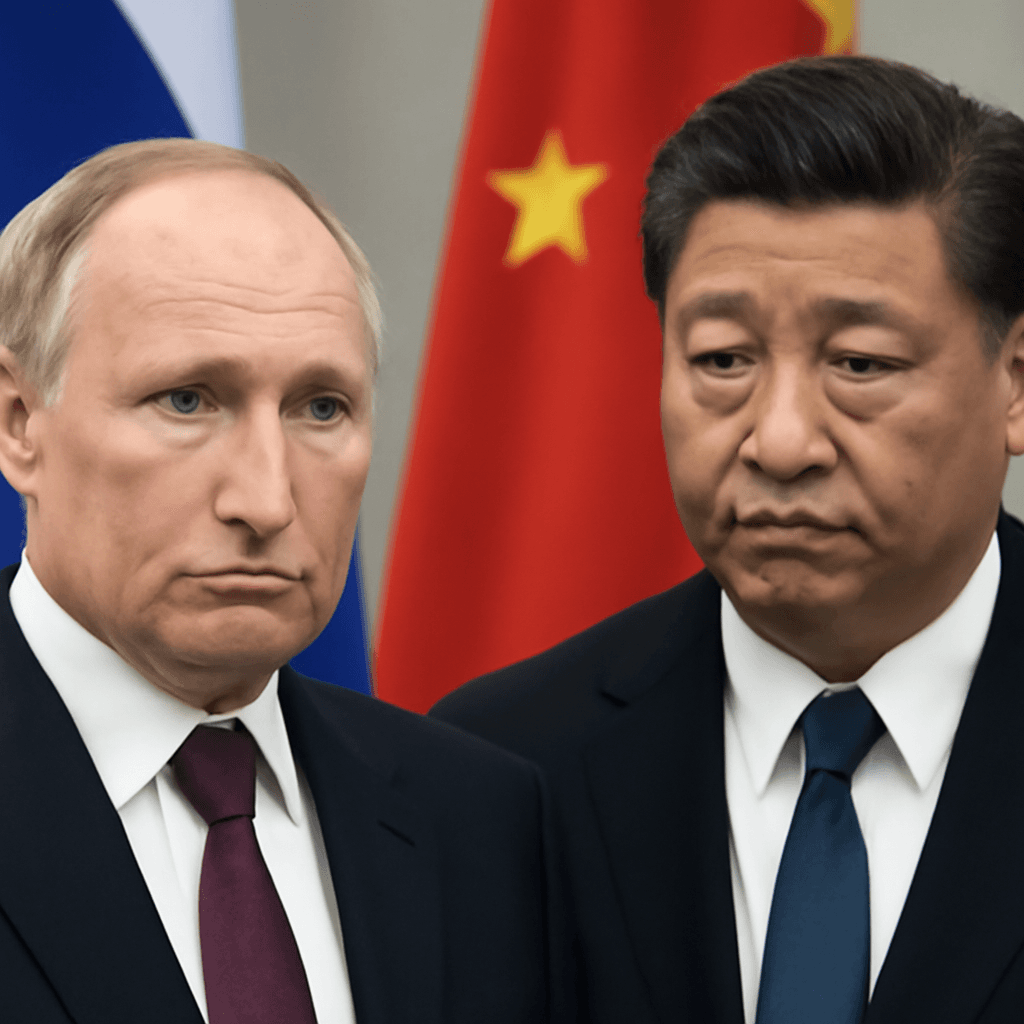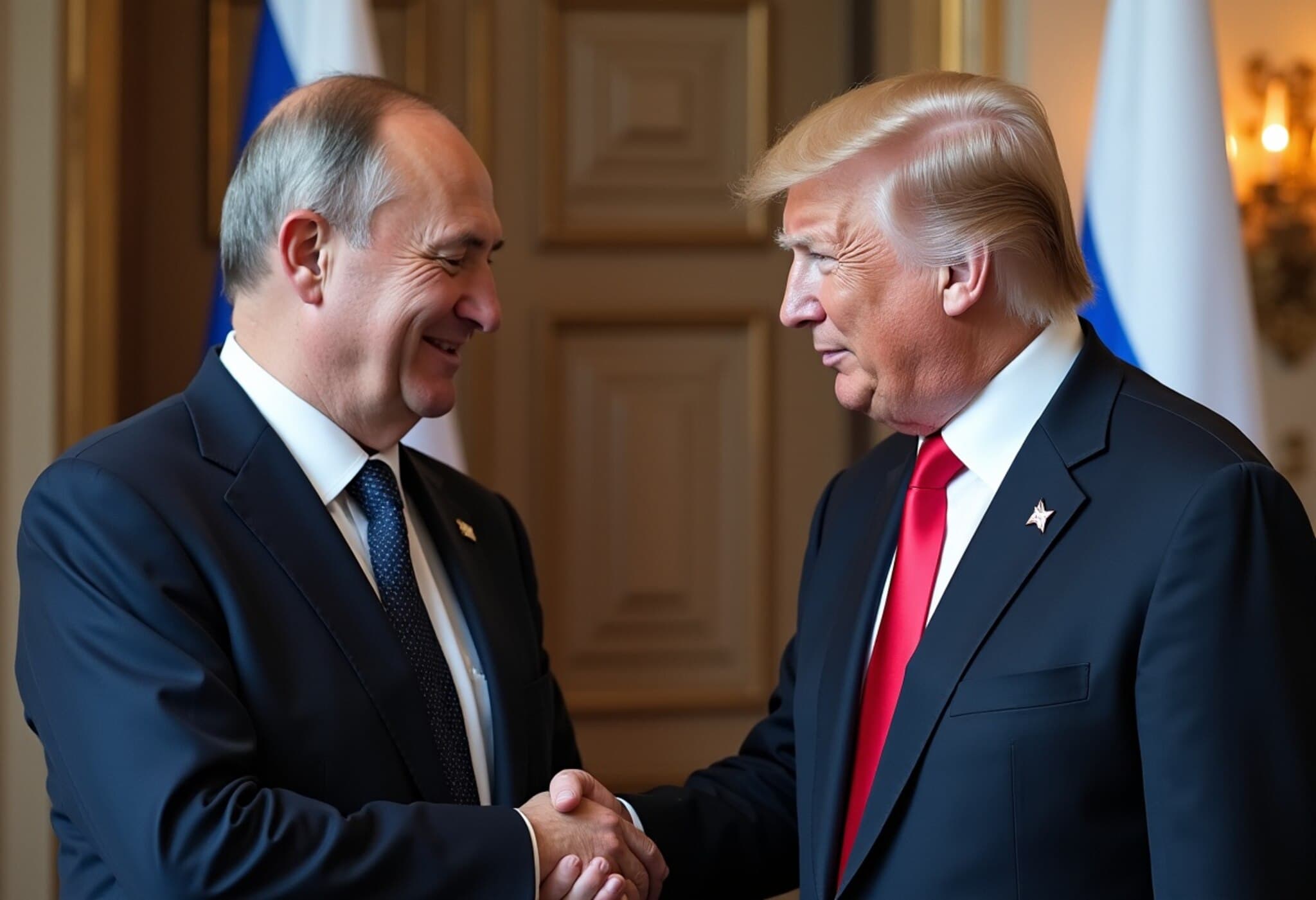US-India Trade Talks Face Setbacks as New Tariffs Take Effect
In a recent development that has added tension to already complex trade negotiations, US Treasury Secretary Scott Bessent described India's stance in ongoing trade discussions as "a bit recalcitrant." This statement came shortly after President Donald Trump imposed sweeping new tariffs on Indian imports, including a 50% tariff package and a 25% levy on New Delhi's imports of Russian oil, effective from August 27, 2025.
Remarks from the US Treasury Department
Speaking candidly to Fox Business, Bessent acknowledged the challenges facing the trade talks, which aim to finalize tariff and trade agreements with key partners by the end of October. He flagged India and Switzerland as particularly complex cases still under negotiation. "That's aspirational," he said regarding the timeline but emphasized that substantial progress was anticipated.
"The President’s administration is focused on closing peace, trade, and tax deals," Bessent added, framing the efforts within broader objectives to reshape US foreign economic policy.
Contextualizing the New Tariffs
Trump's new executive order represents a sharp escalation in trade restrictions targeting India, notably including tariffs on Russian oil imports that New Delhi has relied upon. The move explicitly aims to curtail Moscow's economic standing amid global geopolitical tensions. Trump commented on India's significant role as one of Russia’s largest oil buyers and argued that these tariffs would deliver a substantial economic blow to Moscow.
India has strongly opposed these tariffs, with the Ministry of External Affairs denouncing them as "unjustified and unreasonable." Officials stressed their commitment to safeguarding India’s national interests and economic security, signaling potential retaliatory measures or strategic recalibrations.
Upcoming Bilateral Engagements and Strategic Implications
The timing of the tariffs coincides with preparations for the sixth round of bilateral trade talks scheduled for late August in New Delhi. These discussions are crucial, given the broader US strategy to reposition trade partnerships amid shifting global alliances.
Prime Minister Narendra Modi is also set to attend the United Nations General Assembly (UNGA) in September, where he will participate alongside President Trump. This meeting will mark Modi’s second visit to the US in 2025 and may provide an opportunity to address the mounting trade frictions directly.
Expert Insight: Navigating Trade Amid Geopolitical Crosswinds
From a policy analysis perspective, the US’s imposition of tariffs on Indian imports, particularly those linked to Russian oil, reflects a broader geopolitical strategy aimed at isolating Russia economically amidst ongoing conflicts. However, this complicates US-India relations since India maintains a delicate balance in its international partnerships, often advocating for strategic autonomy and diversified energy sources.
Moreover, this episode underscores the challenges of aligning economic diplomacy with geopolitical goals—a balancing act both countries must master to sustain their growing strategic partnership. Observers note that while the US seeks to assert pressure, persistent pushback from India reveals a nuanced negotiation landscape shaped by national interests, energy security, and regional stability concerns.
Unnoticed Narratives and Critical Questions
- How will these tariffs impact India’s domestic economy, particularly in sectors reliant on energy imports?
- What alternative strategies might India employ to mitigate economic disruptions while maintaining its geopolitical stance?
- Could these trade tensions signal a broader recalibration in US foreign policy toward South Asia, influencing future alliances?
- What role will global diplomatic forums, such as the UNGA, play in resolving or exacerbating these disputes?
Editor’s Note
The evolving dynamics between the US and India over trade negotiations and tariff impositions reveal the complexity of modern economic diplomacy, especially when intertwined with global geopolitical strategies. While both countries publicly project determination to finalize deals and maintain cooperation, the underlying frictions highlight divergent priorities and the risks of economic retaliation. It remains to be seen how these tensions will influence the broader Indo-Pacific strategic balance and economic integration initiatives. Readers should watch closely the upcoming UNGA meetings and bilateral talks, which could set the tone for a recalibrated US-India relationship moving forward.

